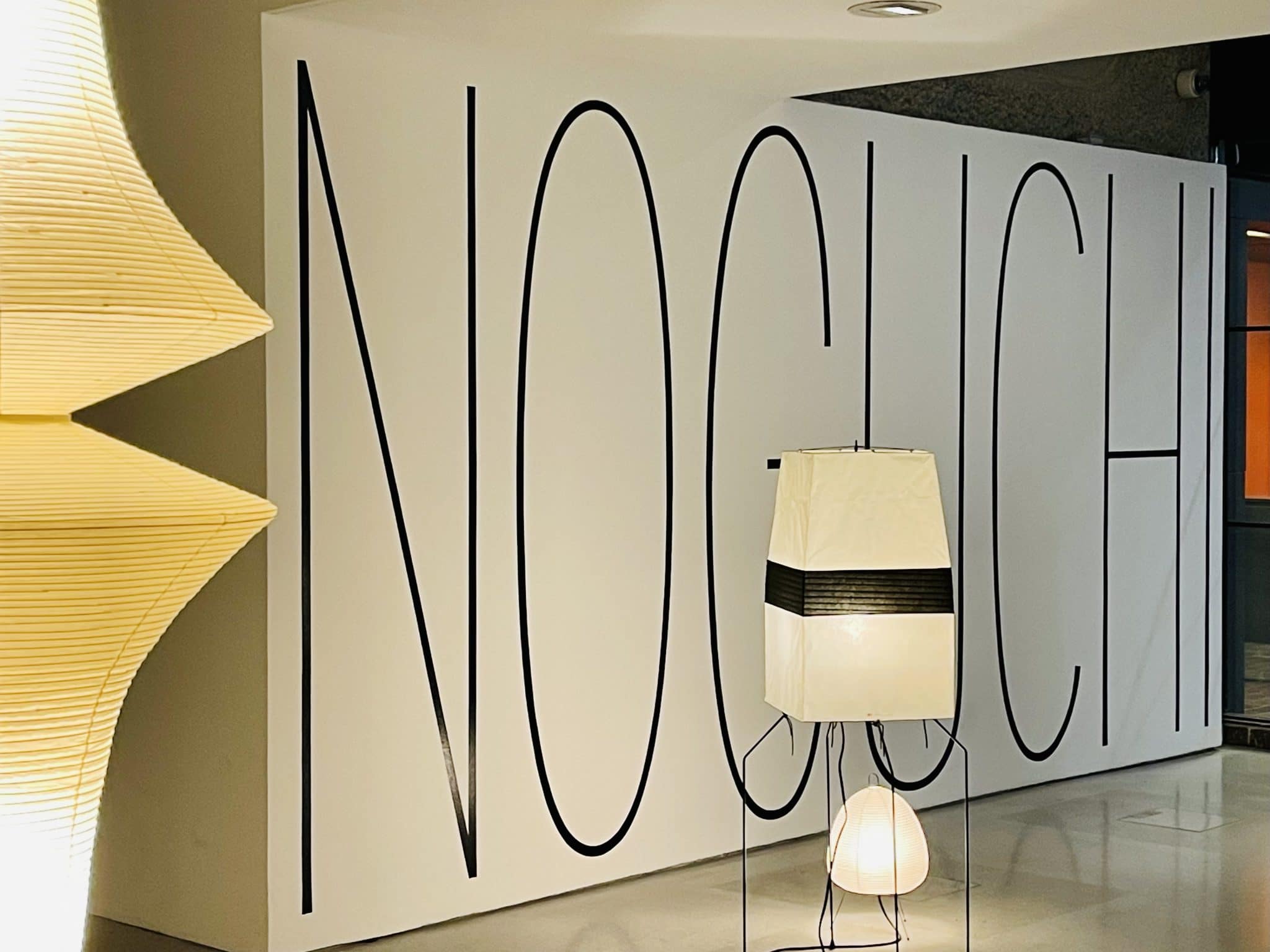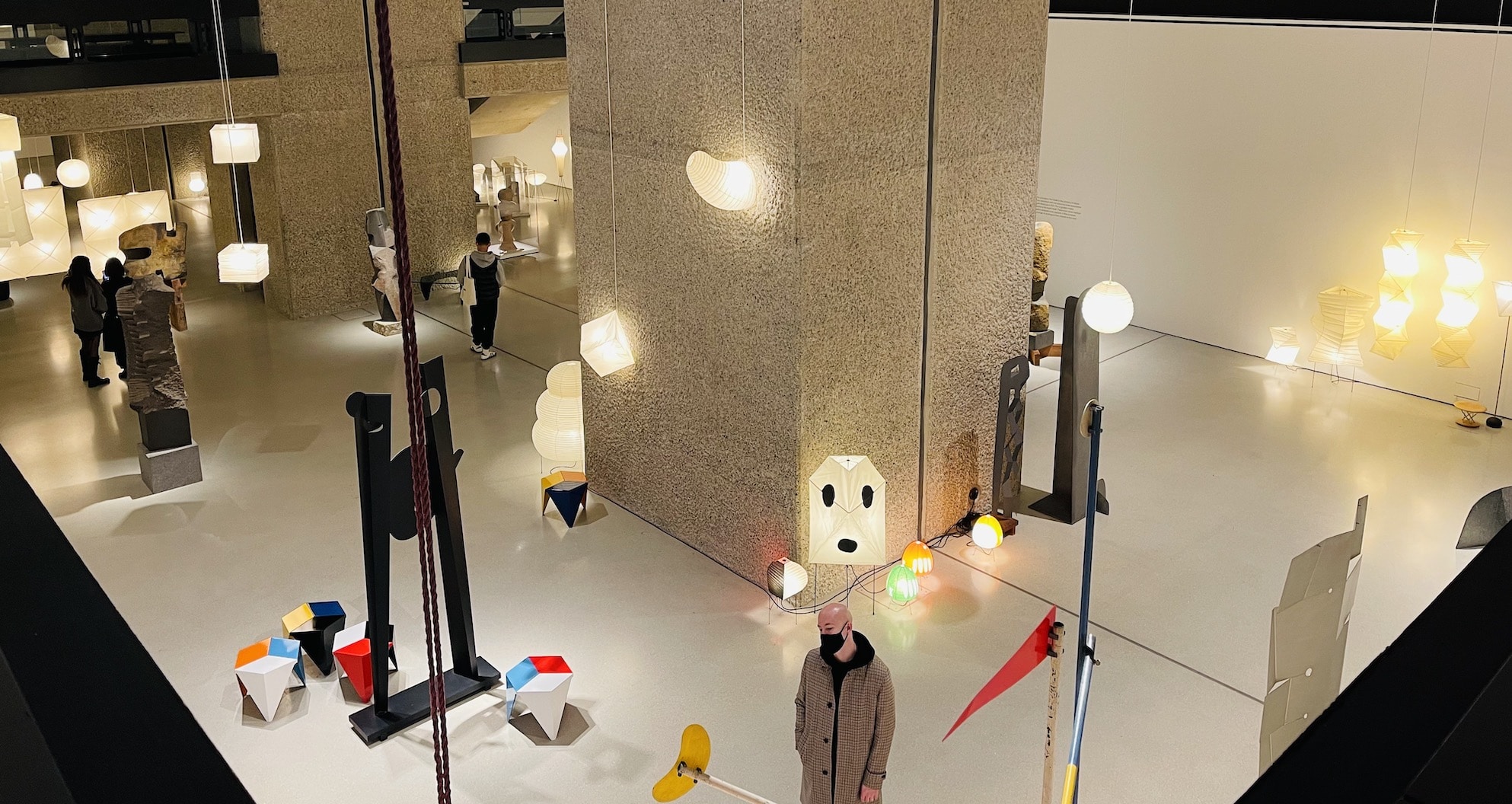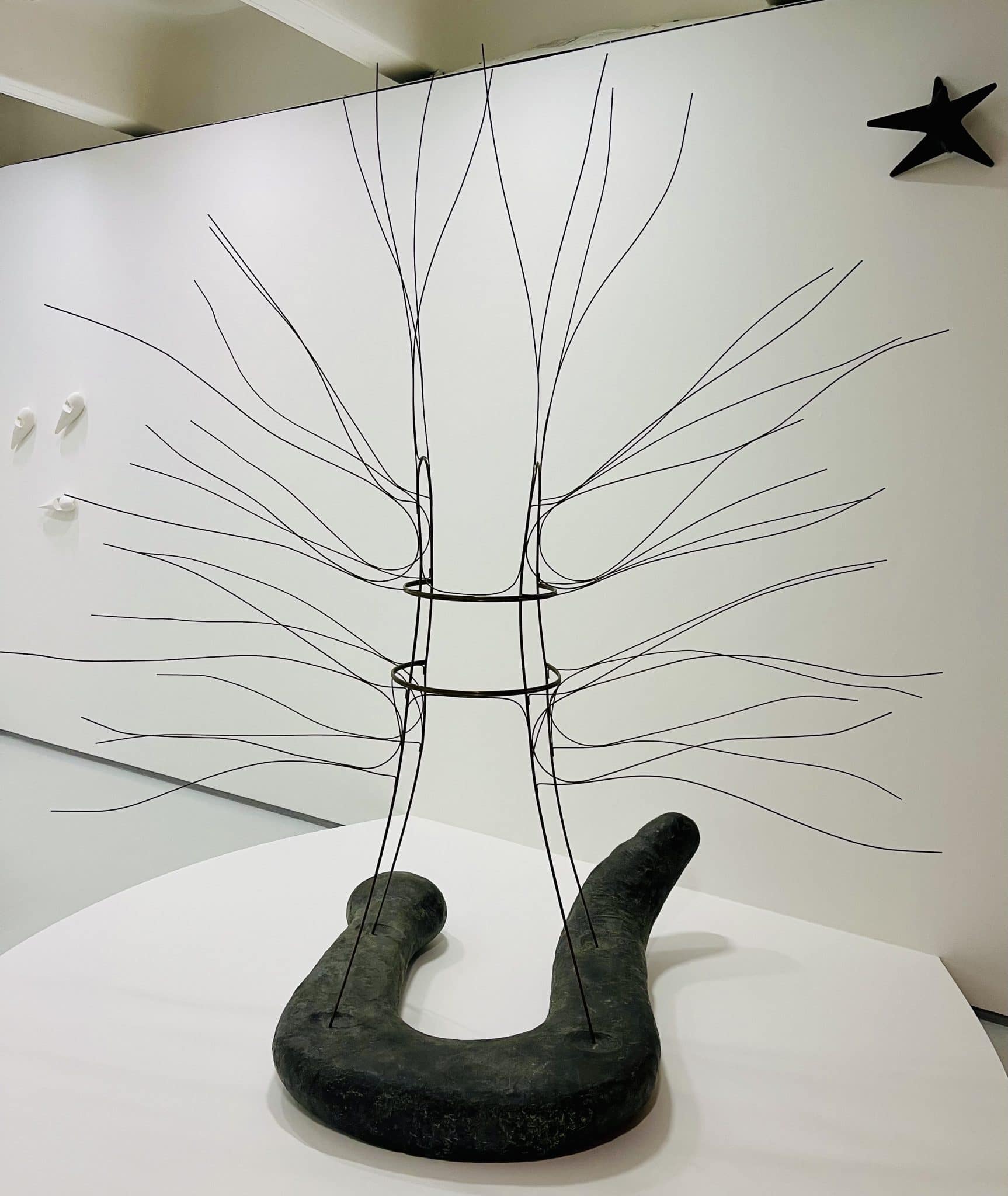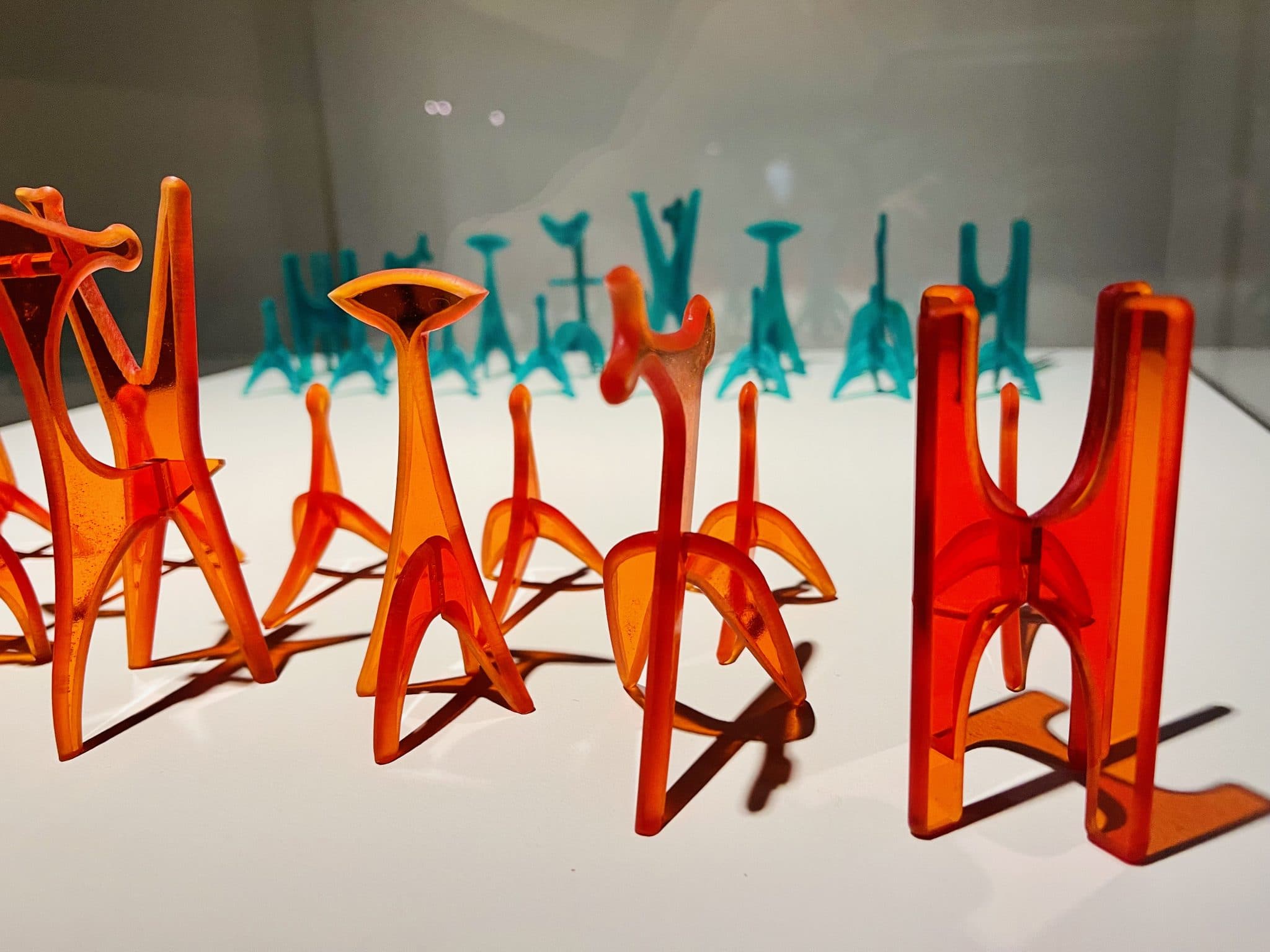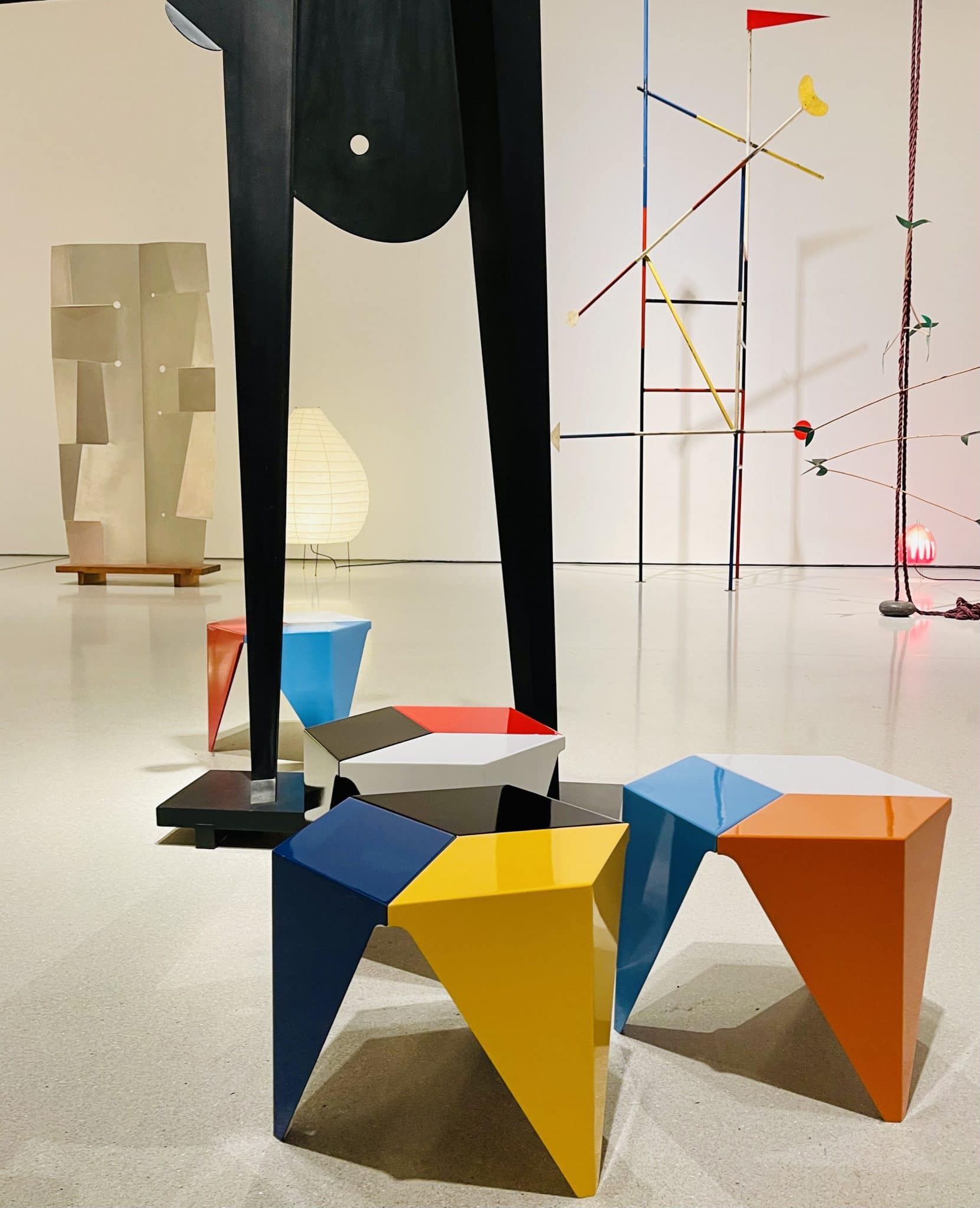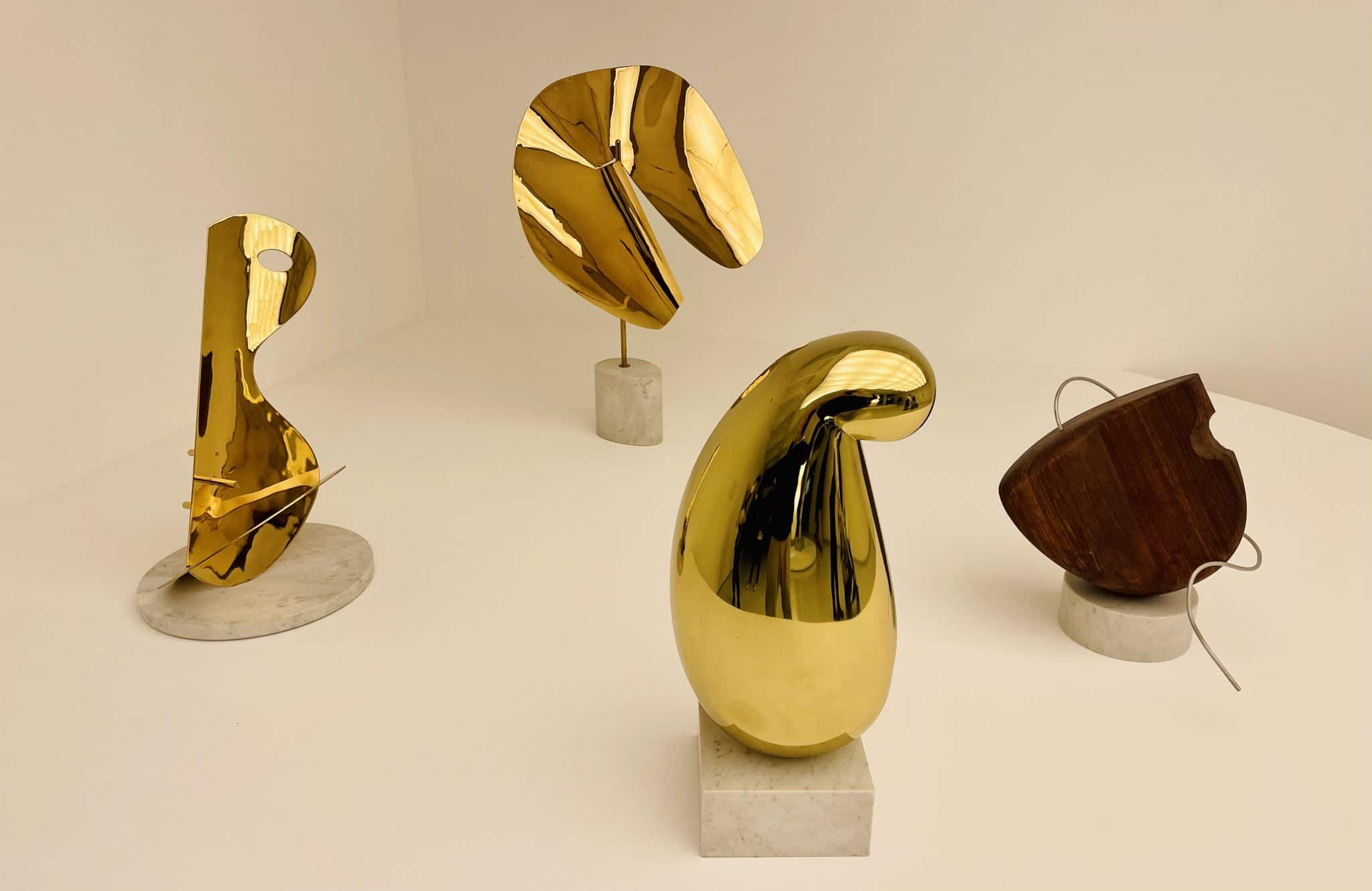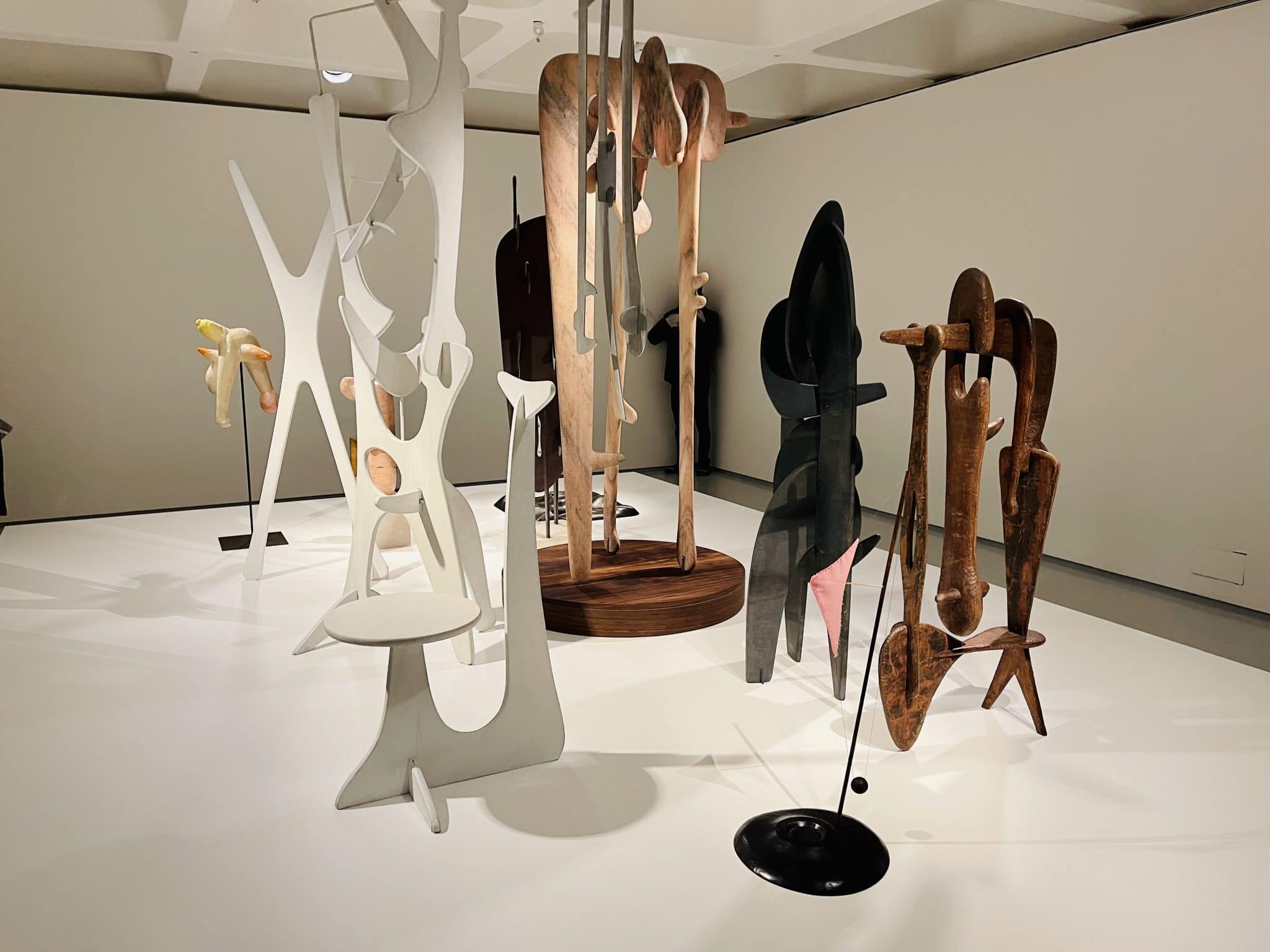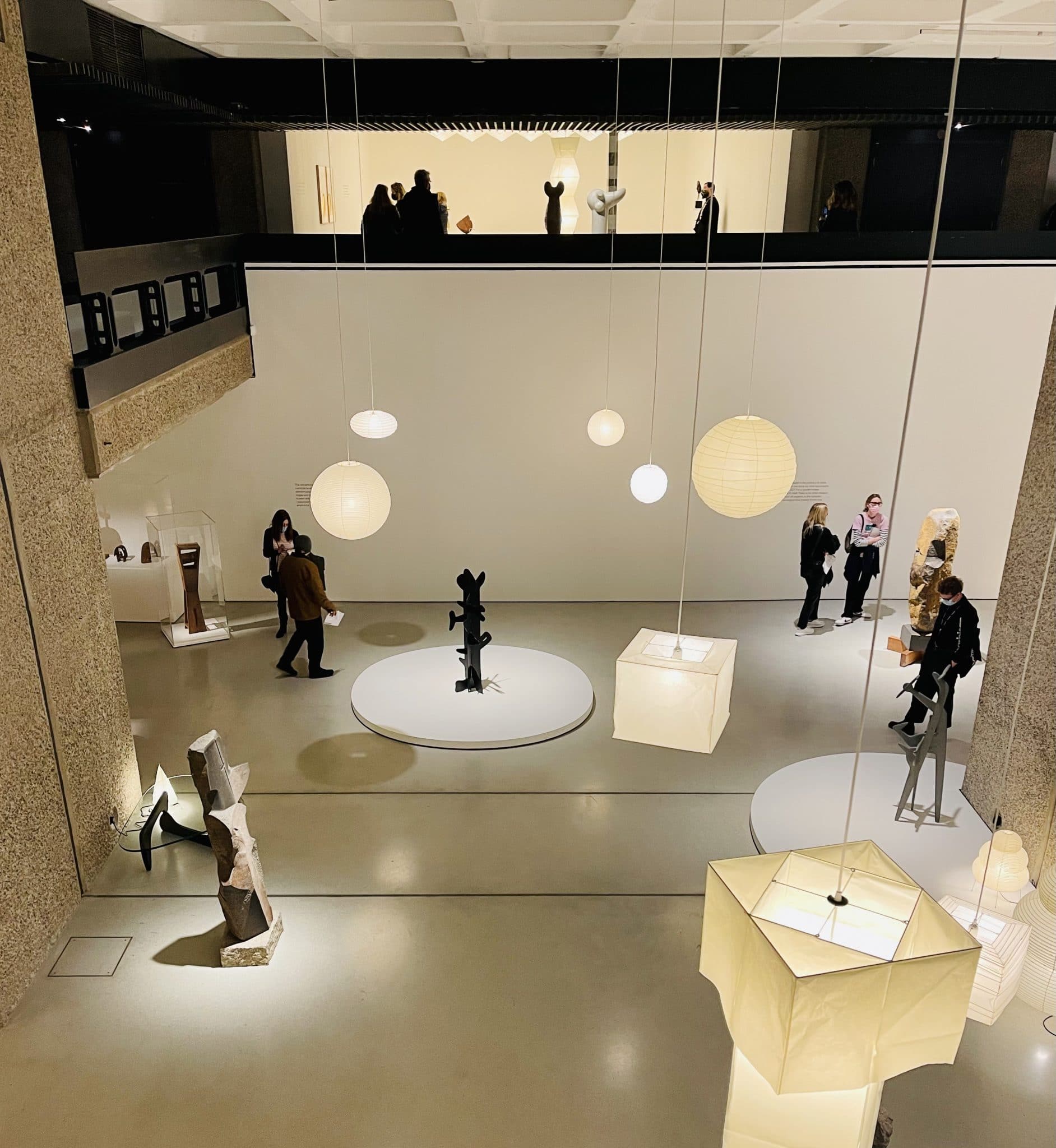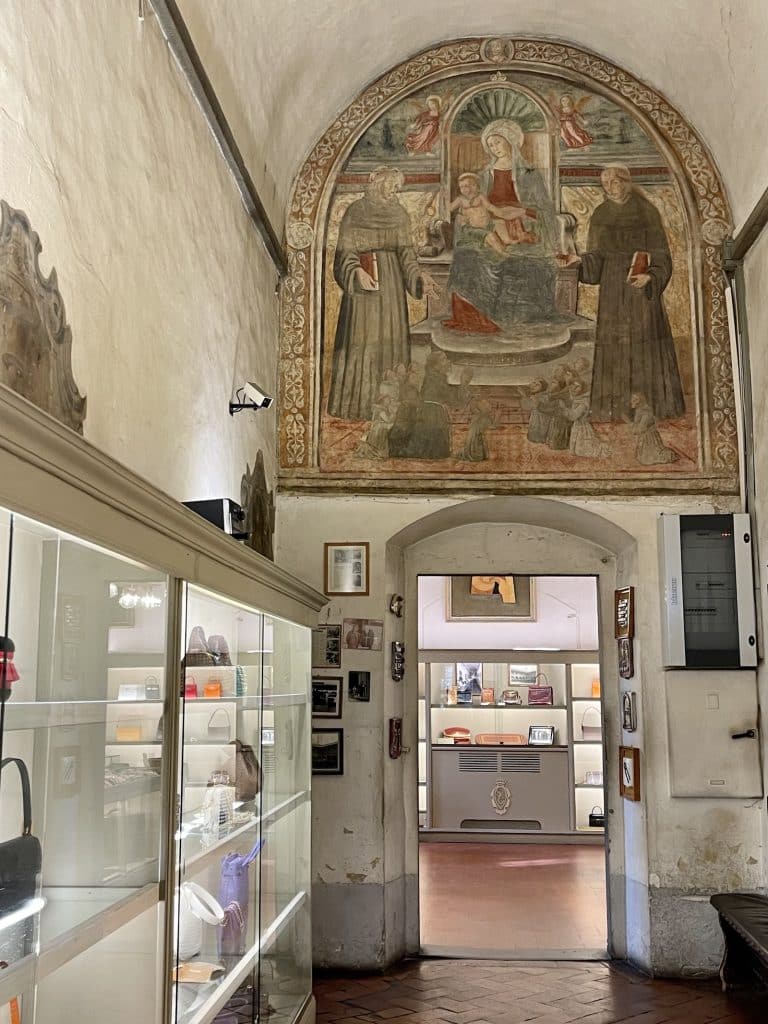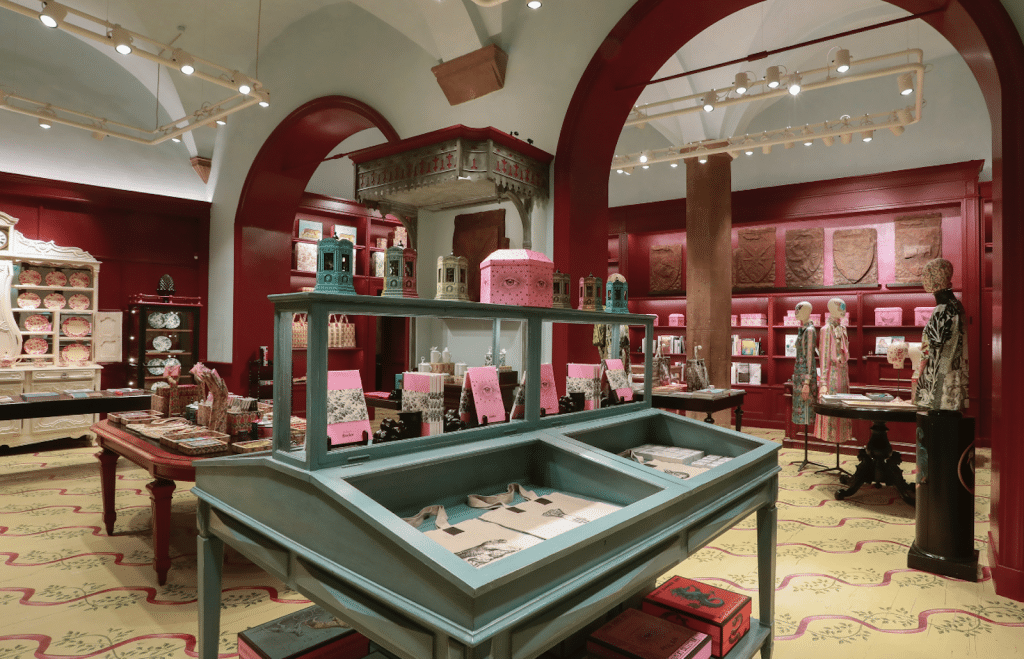An exhibition about the Japanese-American sculptor and designer, Isamu Noguchi, would not immediately spring right to the top of everyone’s must-see list.
Noguchi is of course most famous for his table – a design classic, with its round-cornered triangular glass top and cleverly angled black base, so popular that has become almost a design cliche.
He is also renowned for his Akari lamps with drew on traditional Japanese designs – transforming time-honoured Gifu forms and techniques into a contemporary language. These globular paper and wire shades were made popular by the likes of Habitat and Ikea, becoming a staple of many a student bedroom, household living room or office lobby.
Fore-armed with this knowledge the suspicion might be of a rather design-led exhibition, heavy with design concepts, experimental works and drawings rather like the dry World of Charles & Ray Eames Exhibition at the Barbican back in 2015 (see CELLOPHANELAND* review here).
The reality is somewhat different and very pleasant surprise; a delightful adventure that winds its way through sculpture, architecture and design and touching on theatre, gardens and dance along the way.
Born in New York, Noguchi studied in Japan before moving to Paris to work in the studio of Constantin Brâncuși, whose simplicity of form clearly inspired him. Early sculptures are shown here; some uninspiring heads and derivative Brâncuși-like towers, interesting only in previewing his later development. A meeting with architect Buckinster Fuller added the view that art was also able to serve more social and utopian purposes.
His social and political commitment is illustrated via public works, that included sculpture gardens and even a playscape in an Atlanta park. An anti-fascist mural in Mexico and his reflections on being interned in a US prison camp in 1942 show a strong political conviction.
Following these background story we move through the nicely organised upstairs galleries before descending to the dimly lit open spaces below. These provide a suitably dramatic background for some of his sculptures, illuminated by an eclectic display of Akari lighting.
We could be strolling around an elegant showroom of a classy West End design store. It is neat, stylish, composed, attractive and a joy to experience. This pleasant aesthetic experience at the same time serves as the only fundamental criticism of Noguchi’s work. There is none of the edginess of other modernists like Picasso or the invention of designers like the Eames’s. Is it almost too nice?
Videos of Noguchi discussing his work illustrate this point; we see a pleasant and creative designer talk about the beauty and visual pleasure of his art. He clearly enjoyed his work creating delightful objects.
Ultimately however, even if some may feel that there is a cutting edge lacking to Noguchi’s output, why we should not still be be hugely grateful for the results? This is an exhibition that is highly enjoyable and well worth catching before it ends.
Noguchi is at the Barbican Art Gallery, London, until 9 January 2022
For our curated recommendations for Art, Culture, Design and Architecture books visit the CELLOPHANELAND* bookstore




